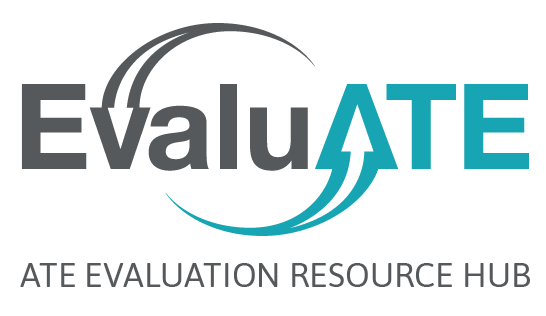
I’m Cynthia Williams, editor and project manager at Dragonfly Editorial and owner of Style Sheets Editorial Services. Having worked with lots of program evaluation and research consultant clients, I’ve seen how they help programs evaluate the quality of their offerings. In this blog, I’d like to show you how a good editor can act like an evaluator — for your publications.
We conduct needs assessments. Context is everything, and we want to make sure we’re sufficiently supporting your team. So if you tell us to focus on something specific in your reports — or not to mind, say, the capitalization of “Program Officer,” because that’s how the client likes it — we pay attention. Similarly, if the client wants a more muted tone to avoid too much bluster in the reporting of results, we’ll scan for that too. If your organization has a style guide, our editing is also informed by those requirements. By communicating with you about the right level of edit, we can avoid editing too lightly or too heavily.
We’re responsive to context. Further on context, we make sure to edit according to audience. If you’re reaching out to other experts in your field, we don’t query excessive jargon and terms of art — you’re talking to peers who know this stuff. But if you’re translating your research to lay readers (who may be educated but not versed in your area of expertise), we’ll add a comment if we come across phrasing or terms that make us, mostly editing generalists, do a double take. The thinking is, if we have to read that sentence more than once, so will the reader of your report.
Editors also bring industry standards to the table. Just as evaluators have the American Evaluation Association’s Guiding Principles For Evaluators, copy editors have an arsenal of guiding principles. We refer to style guides, such as The Chicago Manual of Style and the Publication Manual of the American Psychological Association. We employ usage manuals, such as Garner’s Modern English Usage and Merriam-Webster’s Dictionary of English Usage — and, of course, online dictionaries, encyclopedias, and grammar guides.
We use mixed methods. In addition to the above references, editors also use a more qualitative tool — that is, the editor’s ear. This practice is honed over years of reading enough similar materials to know industry norms and being versed in editing for readability and plain language.
Like evaluation, editing is a participatory process, a conversation between your organization and your eagle-eyed publication caretaker. The best results require open communication about each manuscript’s needs and audience, and flexibility from all parties to reach a high-quality final product.

Except where noted, all content on this website is licensed under a Creative Commons Attribution-NonCommercial-ShareAlike 4.0 International License.





 EvaluATE is supported by the National Science Foundation under grant number 2332143. Any opinions, findings, and conclusions or recommendations expressed on this site are those of the authors and do not necessarily reflect the views of the National Science Foundation.
EvaluATE is supported by the National Science Foundation under grant number 2332143. Any opinions, findings, and conclusions or recommendations expressed on this site are those of the authors and do not necessarily reflect the views of the National Science Foundation.